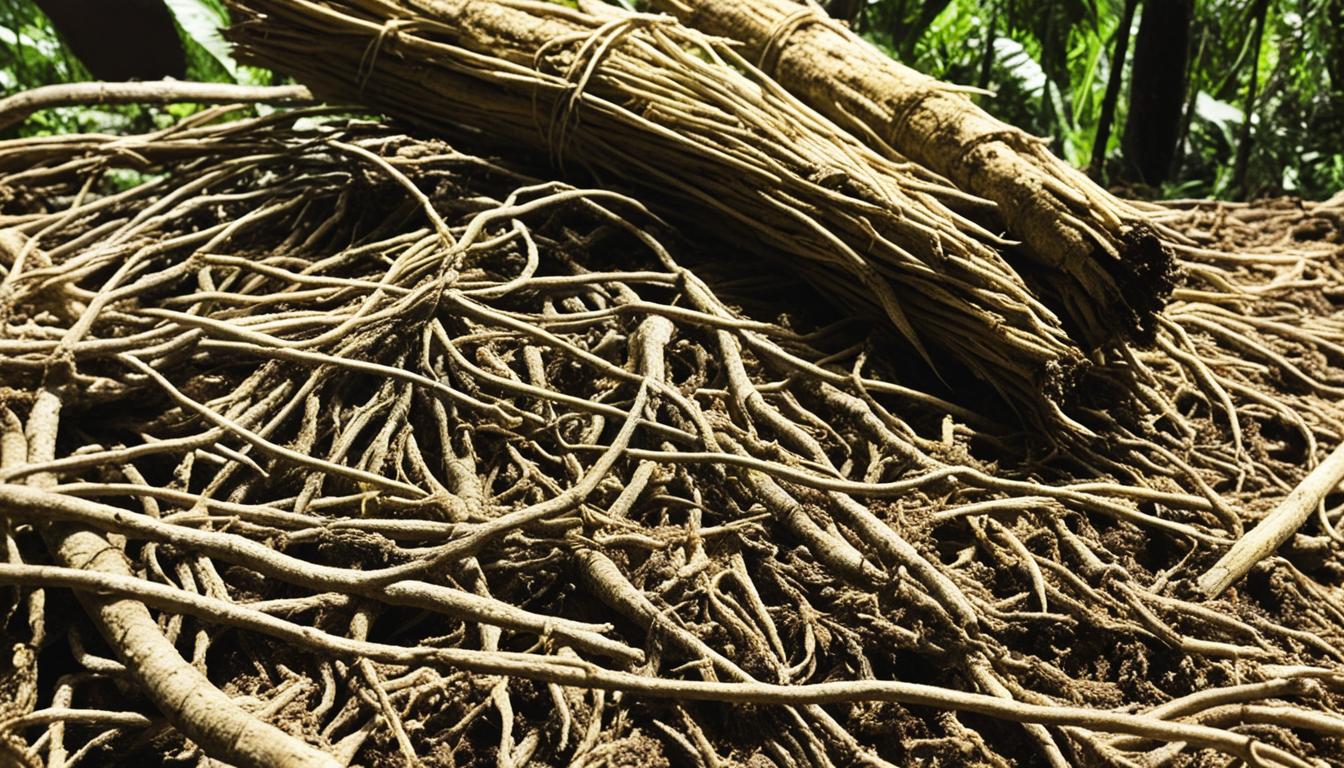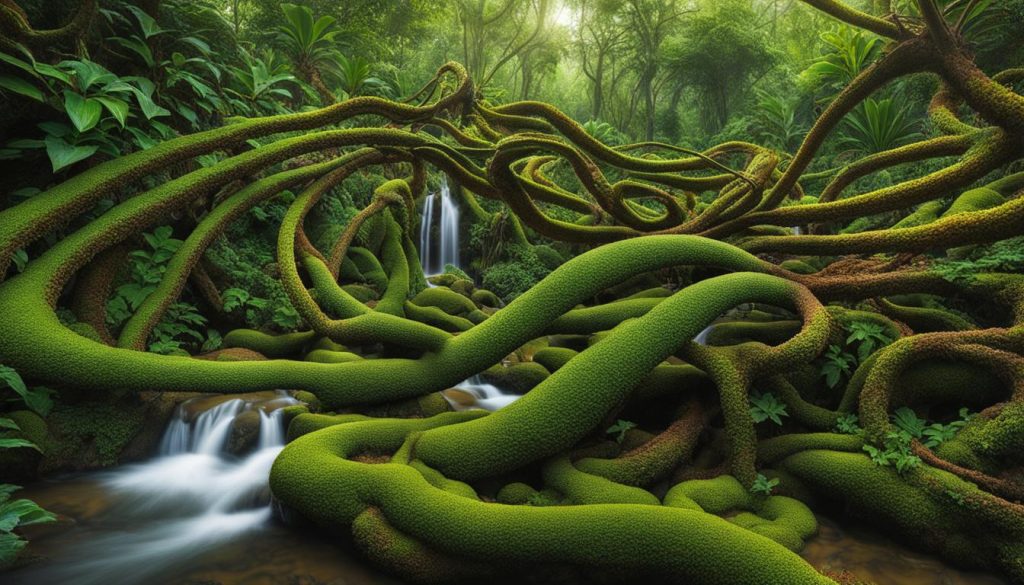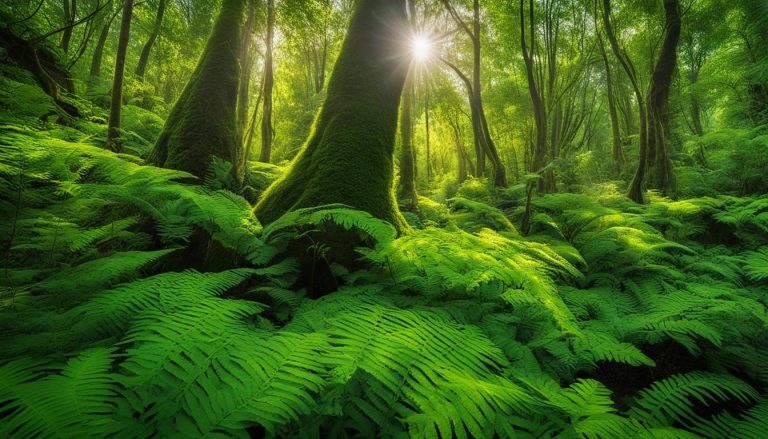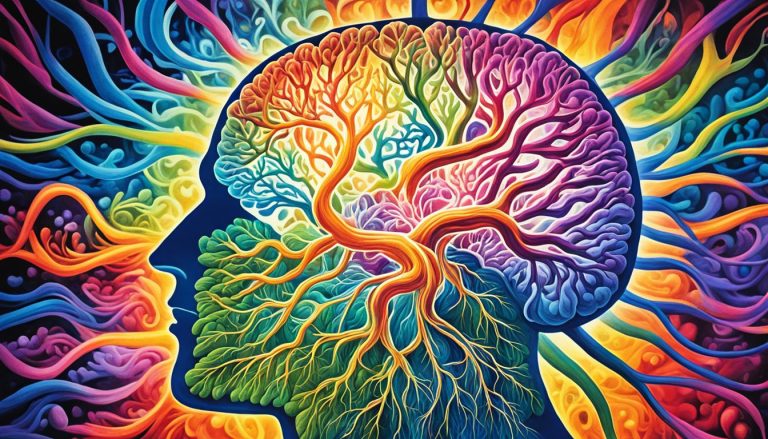What Is Ibogaine Made From?

At the crossing of tradition and innovation lies the enigmatic substance known as ibogaine. What is ibogaine made from, you may ask? Extracted from the root bark of the Central West African shrub Tabernanthe iboga, ibogaine is a naturally occurring indole alkaloid treasured for its use by indigenous people and recently scrutinized by the medical community for its potential anti-addictive properties. The alkaloids in ibogaine, with their profound effects on the human mind and body, have motivated a flurry of scientific inquiry to understand this compound better. Sourcing ibogaine sustainably and ethically from its natural milieu is not only a priority but crucial for preserving its history and utility. Ibogaine synthesis in laboratories around the world seeks to replicate its complex chemical structure without depleting natural sources of ibogaine.
In this exploration of ibogaine’s roots, we delve into the substance’s intricate relationship with both the earth it comes from and the minds it has the power to alter.
Key Takeaways
- The primary ingredient of ibogaine is derived from the Tabernanthe iboga plant’s root bark.
- Ibogaine contains several alkaloids, which are integral to its effects on addiction-related behavior.
- Scientists have achieved ibogaine synthesis, offering a way to produce the compound without relying on plant extraction.
- Research continues on the pharmacology of ibogaine to better understand its impact on neurotransmitter systems.
- There are crucial considerations around the safety and side effects of using ibogaine therapeutically.
- Responsible sourcing of ibogaine is vital to the sustainability of natural Tabernanthe iboga populations.
Unveiling Ibogaine: The Substance Behind the Medicine
The substance of ibogaine has long intrigued the medical community for its unique pharmacological profile, boasting a breadth of anti-addictive qualities. Deriving from the African shrub known as Tabernanthe iboga, ibogaine’s complex nature is due in no small part to its interaction with various neurotransmitter receptors, exhibiting both antagonistic and agonistic behaviors. This dual functionality is one of the reasons it has been rigorously studied in relation to addiction treatment.
At the core of the pharmacology of ibogaine is its potential to alleviate withdrawal symptoms and reduce dependency on addictive substances. As such, it has piqued scientific curiosity, leading to an evolution of ibogaine extraction methods and ibogaine synthesis techniques. The precision of these processes ensures that the ibogaine extracted or synthesized meets the necessary purity for therapeutic usage, indicative of the careful and intricate science that goes into the development of this powerful anti-addictive drug.
The methodical extraction of ibogaine from the plant, albeit effective, raises concerns about sustainability and safety. The synthesis of ibogaine presents an alternative that may mitigate some of these concerns, prompting a discussion centered on ethical pharmacology and the development of responsible drugs.
Research into the pharmacology of ibogaine suggests a promising future for the compound as an innovative approach to treating addiction, encapsulating a revolution in the understanding of substance dependence and the human mind.
Despite its potential, the discussion surrounding ibogaine remains a tableau of possibilities and cautionary considerations. As such, continuous exploration into the pharmacological realm of ibogaine and its applications in the medical field will undoubtedly remain a subject of fascination and scrutiny within the scientific community.
Natural Sources of Ibogaine: The Power of the Iboga Plant
At the heart of traditional healing practices in Central West Africa grows the iboga plant, a natural reservoir of therapeutic compounds including the notable alkaloids in ibogaine. This shrub has not only shaped the landscape of herbal medicine in African cultures but also sparked a global interest in its psychoactive properties and applications.

The Psychedelic Roots: Iboga’s Historical Use
The journey of the iboga plant begins with its revered status in the Bwiti religion. Here, the plant’s role transcends the physical, becoming a bridge to the spiritual world. Large quantities of its root bark are consumed to facilitate extraordinary visionary states, allowing participants to engage with the deeper layers of their psyche during sacred ceremonies. This traditional use of iboga underpins its cultural importance and longstanding reverence amongst the indigenous people.
Ibogaine Content in Tabernanthe Iboga
Tabernanthe iboga’s root bark, a treasure chest of nature’s prowess, is particularly rich in natural sources of ibogaine, accounting for an impressive concentration of alkaloids. With ibogaine taking the lead, these bioactive compounds are the subjects of intense research, given their potential in forging new paths in addiction therapy and beyond.
Indigenous Knowledge and Traditional Applications
Amid the dense foliage and rich earth where the iboga plant thrives, lies the wisdom of local tribes like the Pygmy and Bwiti. Spanning numerous generations, this indigenous knowledge encompasses the traditional uses of iboga, celebrating its power to provide insightful and reflective experiences. Today, this intricate understanding is being harnessed with a poignant blend of respect for tradition and scientific curiosity.
The remarkable alkaloids in ibogaine, extracted and isolated from the iboga plant, emerge not only as a beacon of hope for the afflicted but also as a testament to the profound impact of natural resources on human health. As we delve deeper into the botanical intricacies of iboga, we continue to uncover the layers of potential that nature bestows.
Extraction and Synthesis: How Ibogaine Is Harvested
The journey of ibogaine from a naturally occurring compound to a potential therapeutic agent involves a meticulous process, harnessed through both traditional practices and innovative sciences. Understanding the ibogaine extraction methods and the ibogaine chemical synthesis is crucial for advancing its therapeutic potential.
The Chemistry of Ibogaine Extraction
To acquire ibogaine, the first step involves the extraction of root bark from the Tabernanthe iboga plant. Indigenous cultures have long mastered this art, using primitive yet effective techniques. Modern science has considerably refined these procedures, employing advanced methodologies that enhance both yield and purity. From these roots, not only is ibogaine sourced, but also other vital voacangine alkaloids, which are essential precursors in the chemical synthesis of ibogaine-related compounds.
From Plant to Compound: The Steps of Synthesis
The chemical transformation from a plant extract to a refined substance such as ibogaine hydrochloride requires several technical steps. It’s a journey from the simple to the complex, where the raw alkaloids are methodically isolated, purified, and stabilized to serve medical research and application. The chemical synthesis of ibogaine allows for a consistent and reliable source of the compound, which is necessary for both clinical study and therapeutic use.
Ibogaine Derivatives and Scientific Advances
Scientific curiosity has paved the way for the development of ibogaine derivatives, aiming to reduce possible psychoactive effects while preserving therapeutic benefits. A notable example is 18-methoxycoronaridine (18-MC), a promising compound demonstrating potential in treating various forms of addiction without the psychoactive component intrinsic to ibogaine. These advancements signify a forward momentum in creating safer and more effective solutions to combat addiction.
Overall, the intricate dance between nature and chemistry, embodied in the extraction and synthesis of ibogaine, highlights the continuous quest for deriving maximum therapeutic value. This endeavor not only respects the complex origins of the compound but also aspires to unlock its full potential in the medical arena.
Exploring Ibogaine’s Potential: Beyond Addiction Treatment
The exploration of ibogaine therapeutic effects reaches far beyond the realm of curtailing substance abuse. Historically categorized as a promising treatment for drug addiction, recent studies have illuminated additional anti-addiction properties of ibogaine that may revolutionize how we address dependency issues. As a beacon of hope for individuals grappling with the chains of substance dependence, ibogaine provides a multifaceted approach to healing and recovery.
When considering the treatment of ibogaine in drug addiction, it becomes evident that the compound has a unique ability to interact with various neuroreceptor sites. These interactions could potentially diminish withdrawal symptoms and lower the frequency of self-administered addictive substances, including opioids, nicotine, and stimulants. This promising compound offers a ray of light to those who have been in the dark throes of addiction.
As ibogaine forays into the spectrum of therapeutic solutions, we must acknowledge the delicate balance that must be maintained. The compound’s therapeutic promise is tempered by the necessity of a safety-first approach, given the associated risks. It’s paramount that continuity in research converges with an uncompromising commitment to patient well-being. The broadening horizons of ibogaine’s applications in healing modalities are thus both encouraging and warrant cautious optimism.
While the journey of ibogaine from a ceremonial root to a modern medical marvel has paved new avenues for addiction treatment, the full scope of its potential is still unfolding. It’s a testament to the resilient quest for alternative and effective therapeutic interventions.
What Is Ibogaine Made From?
The intricate journey of ibogaine from its natural state to pharmaceutical use is a testament to the powerful properties held within the Tabernanthe iboga alkaloids. A deep dive into the ibogaine ingredients reveals a story that begins in the fertile soils of Central West Africa and extends to laboratories and clinics worldwide.
Indole Alkaloids: The Foundation of Ibogaine
As we examine the core constituents of ibogaine, the indole alkaloids draw attention for their role in ibogaine’s effectiveness against addiction. Found in the root bark of the Tabernanthe iboga, these alkaloids are not just the building blocks for ibogaine pharmaceutical development but also for its dynamic engagement with the human nervous system, potentiating its profound effects.
Global Sourcing and Sustainability Concerns
With ibogaine’s growing significance in addiction treatment, global sources of ibogaine have become of paramount interest. Nations such as Gabon and Cameroon are pivotal in this narrative, where the extraction of iboga must be approached with conscientious methods. The call for sustainable ibogaine production is critical, urging stakeholders to balance the demand for this potentially life-altering substance with the responsibility to preserve the delicate ecosystems from which it originates.
Conclusion
In taking stock of the vibrant tapestry of information surrounding ibogaine, we arrive at a critical juncture where insights on ibogaine are more crucial than ever. This unique compound, deeply rooted in the traditional practices of indigenous cultures, has taken a significant leap into the sphere of modern medical research. The potential of ibogaine as an anti-addictive agent holds a bright flame to the shadows of drug dependency, yet it warrants careful, methodical exploration. The complexities of its origin, from the enigmatic Tabernanthe iboga to laboratory synthesis, beckon for an enriched understanding of ibogaine composition and its consequential effects.
The efforts devoted to ibogaine research showcase the importance of interdisciplinary study, amalgamating ethnobotany with advanced pharmacological scrutiny. Investigators and scientists continue to unravel the intricate molecular dynamics of ibogaine, navigating through a myriad of pharmacokinetic challenges while honoring the ecological sanctity of its natural sources. Amid these scholarly pursuits, the importance of ibogaine studies cannot be overstated, as they hold the promise not only for novel therapeutic protocols but also invite a respectful dialogue between traditional heritage and contemporary science.
As we look to the horizon, a diligent commitment to further research and an embrace of responsible application will serve as the guiding principles for ibogaine’s journey from the sacred forests of Africa to the frontiers of addiction treatment. By continuing to forge a path that prioritizes patient well-being and the stewardship of natural resources, the narrative of ibogaine will undoubtedly evolve, imbued with new discoveries, challenges, and utmost dedication to humanity’s quest for healing and understanding.






